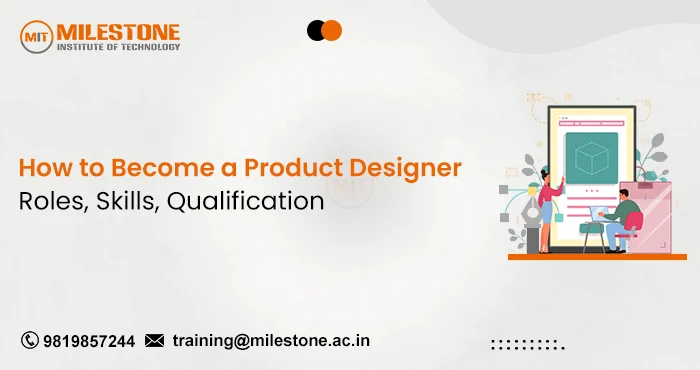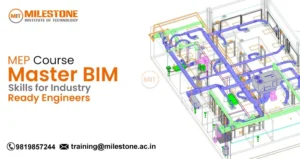Product designers are essential in the ever-changing field of product development because they influence how people interact with everyday products and digital interfaces. Product designers use technological expertise and creativity to produce solutions that satisfy user wants and company goals. In this complete roadmap guide of “
how to become a product designer” we will understand all the required skills, qualifications and their roles as well as responsibilities. Let’s dive into detailed insights.
What is Product Design?
Product design is the process of producing new, visually appealing but functionally useful products. To move a product from idea to market, one must first understand the consumer demands, then do research, develop ideas, prototype, and work with multiple stakeholders.
Product Designer – Definition
A product designer is responsible for conceptualizing and designing products that meet user needs and enhance user experience. Working across consumer electronics, automobiles, furniture, and digital interfaces, they produce creative and user-centric designs.
What roles and responsibilities does a product designer typically have?
Key Roles:
Throughout a product’s lifecycle, product designers are responsible for a number of vital tasks, including:
- Conceptualization: Generating and refining ideas based on user research and market trends.
- Prototyping: Creating prototypes to test functionality, usability, and aesthetics.
- Collaboration: Working closely with engineers, marketers, and stakeholders to ensure design feasibility and market fit.
- Iteration: Iterating designs based on feedback and testing results to improve usability and user satisfaction.
Key Responsibilities:
- User Research: Getting insights by means of usability testing, surveys, and user interviews.
- Design Development: Translating consumer feedback into viable design ideas.
- Technical Understanding: Understanding manufacturing processes, materials, and technical constraints.
- User Experience (UX) Design: Making sure items are simple and straightforward to operate.
- Visual Design: Creating visually appealing interfaces and physical products.
How to Become a Product Designer – Key Steps
- Acquire Relevant Education: Pursue a degree in industrial design, product design, or a related field. Courses cover design principles, materials, manufacturing processes, and CAD software.
- Develop Technical Skills: Learn design software such as Adobe Creative Suite, CAD tools like SolidWorks or AutoCAD, and prototyping tools such as Sketch or InVision.
- Build a Portfolio: Showcase your design projects, including sketches, prototypes, and final products. A strong portfolio demonstrates your creativity and technical proficiency.
- Gain Practical Experience: Seek internships or entry-level positions in design firms or product companies to gain hands-on experience and learn from seasoned professionals.
- Network: Attend industry events, join design communities, and connect with professionals to stay updated on industry trends and job opportunities.
- Continual Learning: Stay abreast of advancements in design technology, user experience trends, and manufacturing innovations through workshops, online courses, and conferences.
Which Institute Offers the Best Product Design Course?
There are many institutes and training centers which provide
product design course, but we will recommend you Milestone Institute of Technology, which provides practical training, personal guidance, quality placements and many for students growth and successful career journey.
Frequently Asked Questions
Which are the tools used by Product Designers?
Depending on their area of expertise and project needs, product designers use different tools. Common tools are CAD software (e.g., SolidWorks,
AutoCAD), Adobe Creative Suite (e.g., Photoshop, Illustrator), prototyping tools (e.g., Sketch, InVision), and 3D printing technologies.
What qualifications are needed to become a Product Designer?
Most companies look for individuals with a bachelor’s degree in industrial design, product design, or a closely related field. Strong technical skills in design software, a robust portfolio demonstrating creativity and problem-solving abilities, and practical experience through internships or projects are also crucial.
Why become a Product Designer?
Becoming a product designer offers a rewarding career where you can impact people’s lives through innovative design solutions. It allows you to combine artistic creativity with technical expertise, solve real-world problems, and contribute to shaping the future of products and user experiences.




